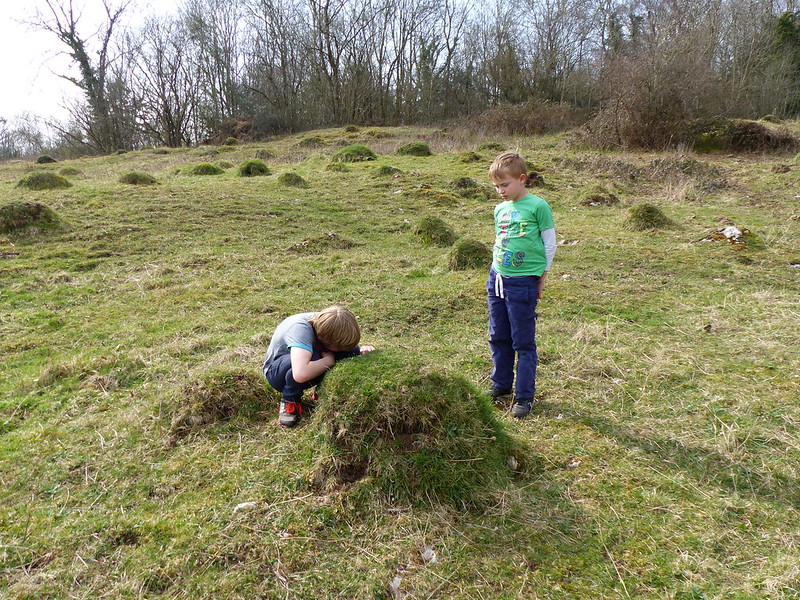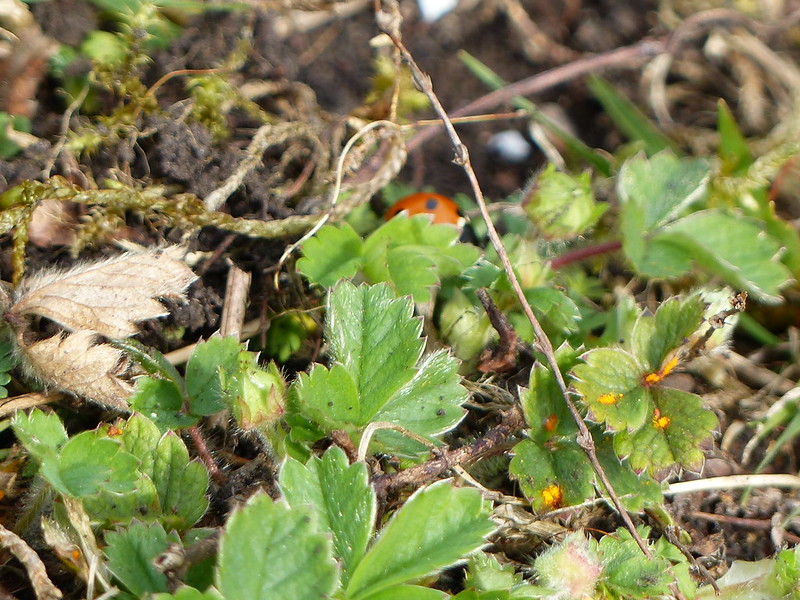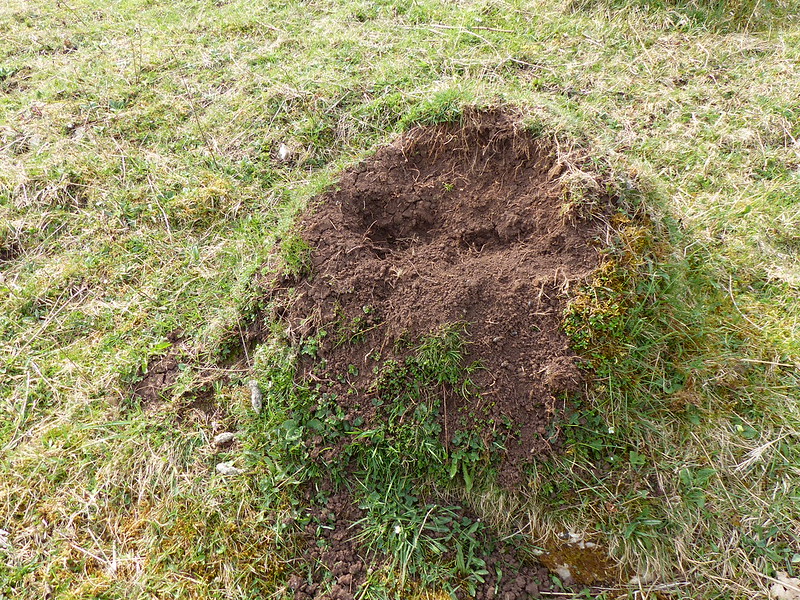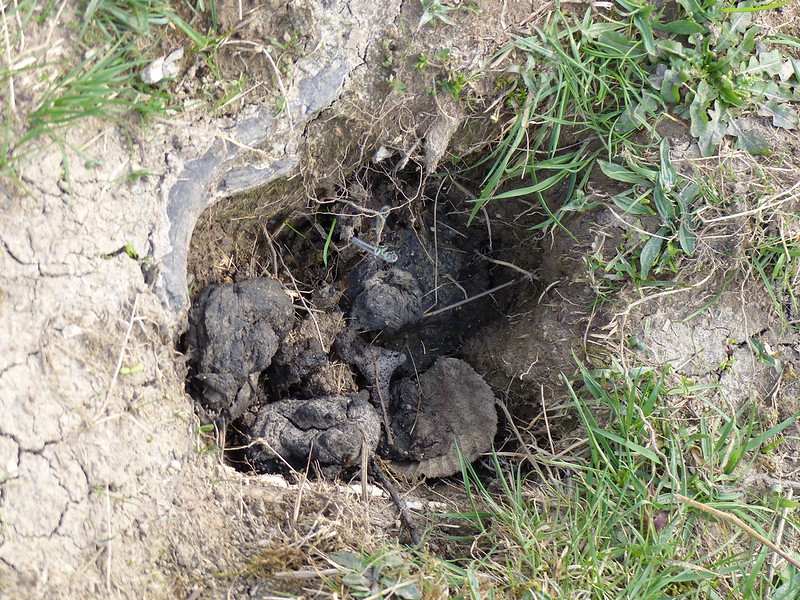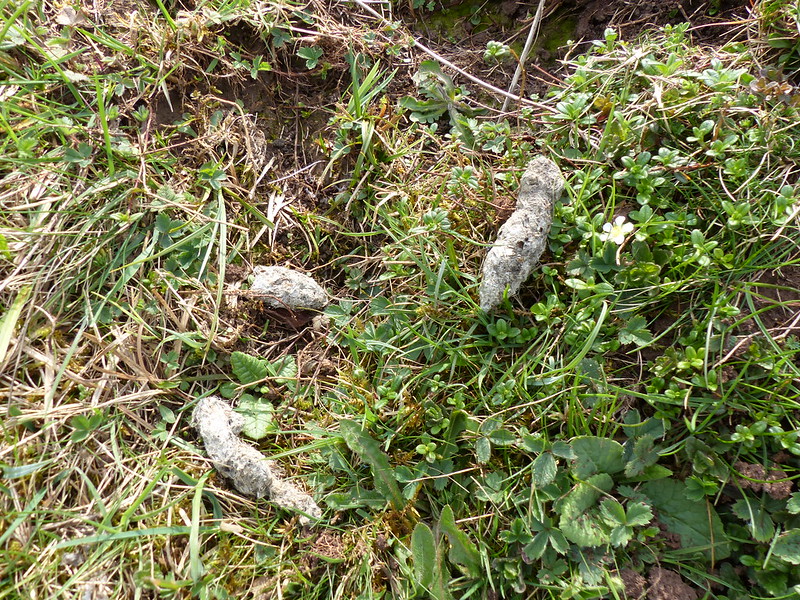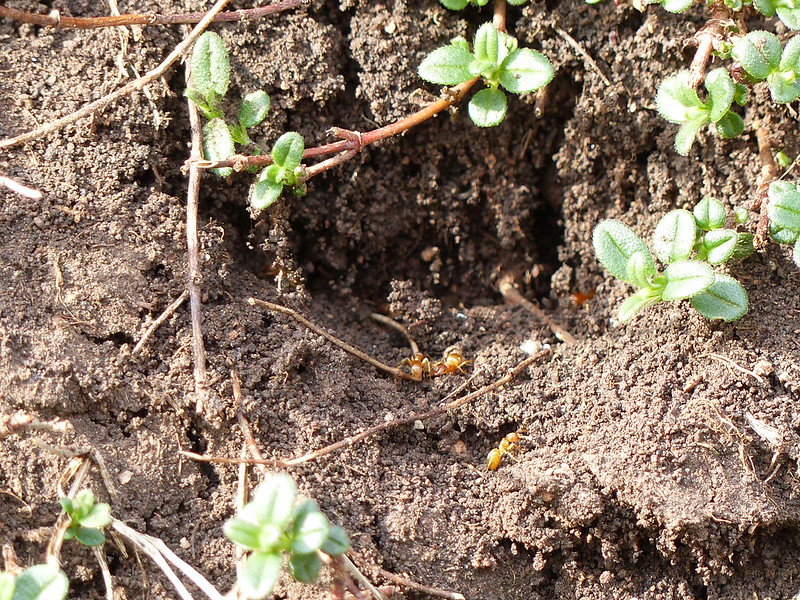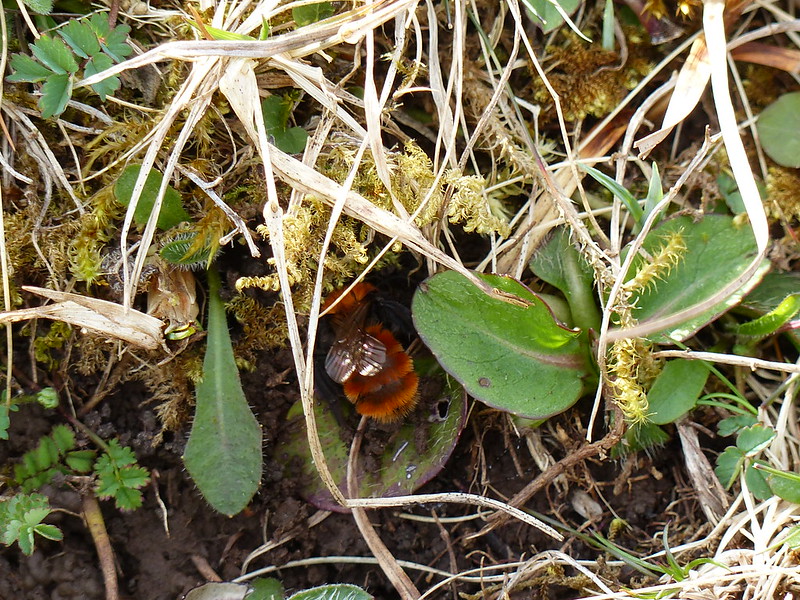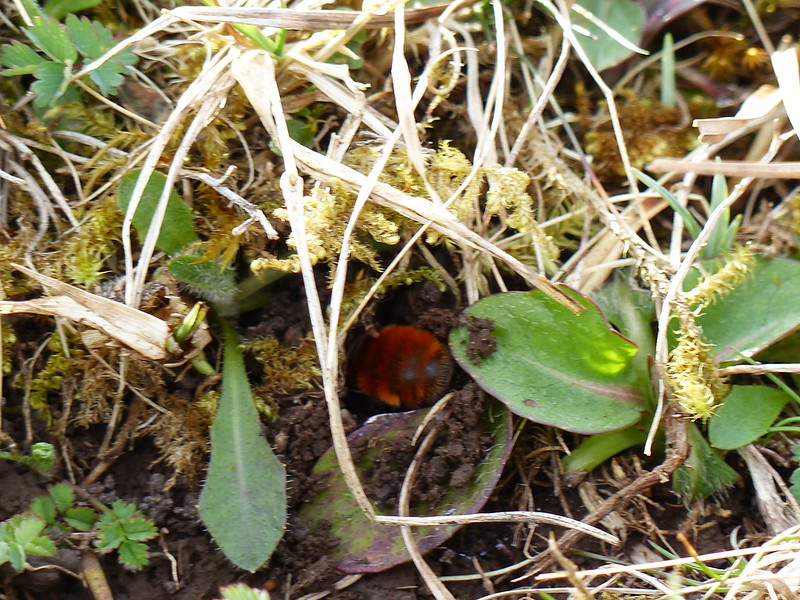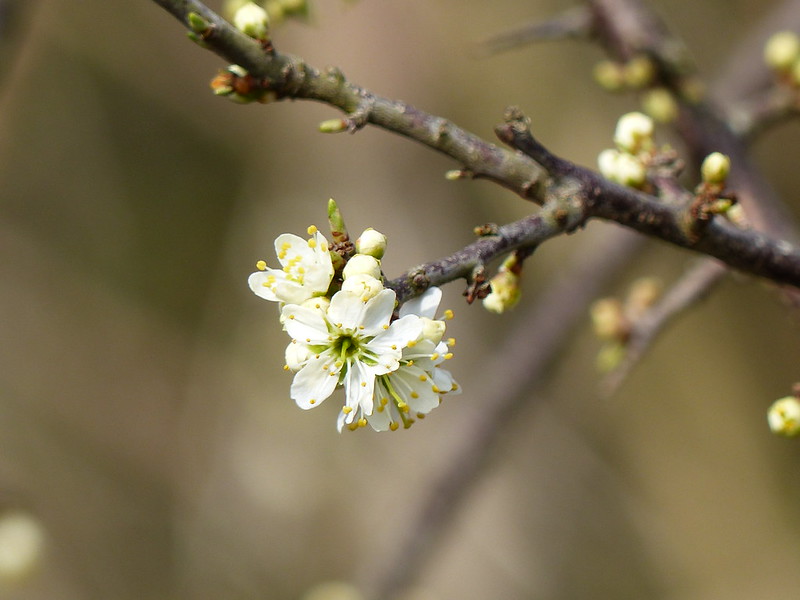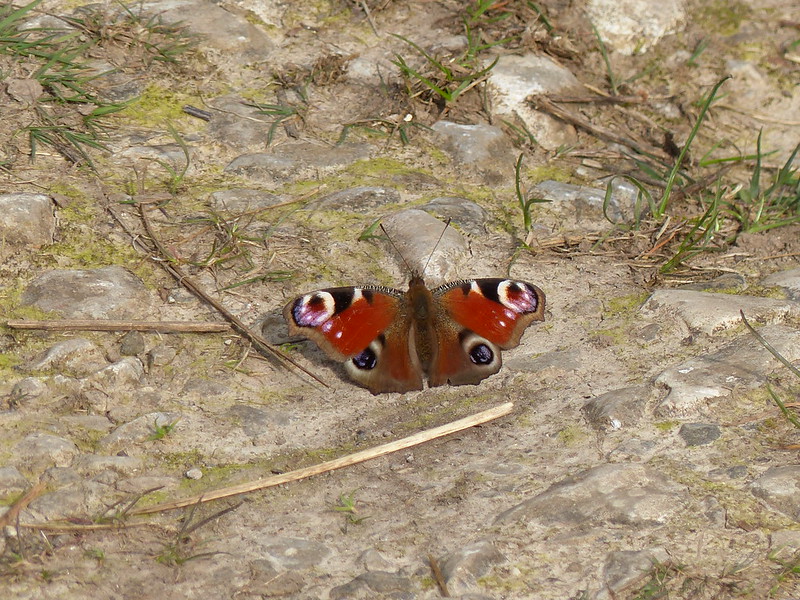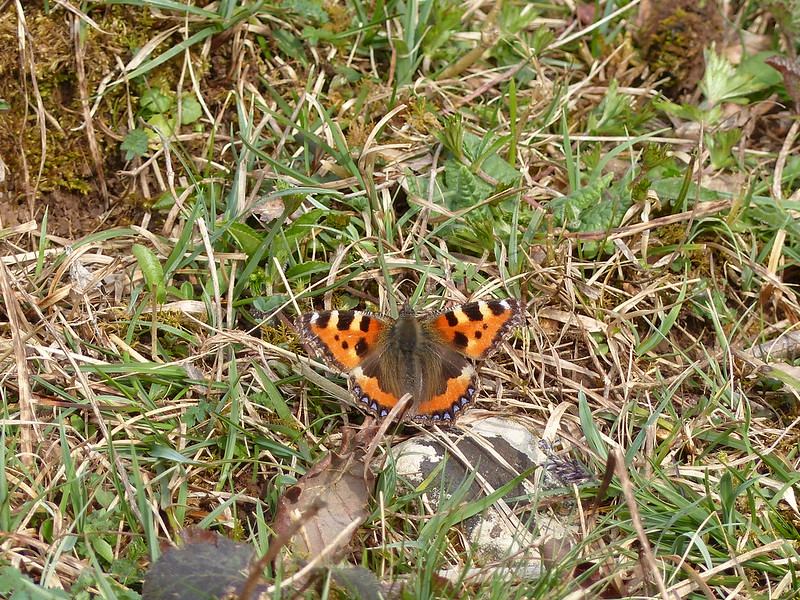Or: A Walk along the River Kent and Over Cunswick Fell

Playing truant. I should have been on Dalton Square in Lancaster with a placard in hand and a slogan on my lips. But I chose to spend my first day of strike action in a 20 year career somewhere quiet and peaceful instead. This is probably not the place for a discussion of the rights and wrongs of the case for public sector pensions, but…(a lengthy diatribe has been edited out here).
With a morning off and a not particularly promising forecast I decided to investigate one of those stretches of the Kent which I had yet to explore. As is my wont, however, I left the house with no definite idea of which section it would be. Maybe downstream from Levens Bridge around Foulshaw Moss? Or one of the stretches either side of Kendal? I thought perhaps I should park in Kendal and walk to and from Hawes Bridge – there are paths on both banks. But as I drove towards Kendal it occurred to me that I would arrive just as the rush hour reached it’s peak and that it might cost me a fortune to park. So – a last minute decision to bypass Kendal and park in the small village of Bowston.
I walked the river north of Bowston a while back, so today I would head south and into Kendal.
The riverside fields were very damp. As I plodged along a heron loped away downriver and a goosander dived midstream.
At Burneside I had to leave the river to circumnavigate the large paper-mill of James Cropper Plc., which turned out to be a blessing in disguise because the diversion brought me close to…

…Burneside Hall. This is another ruined Norman peel tower – there are several in the area. (Ol’ Norman Peel was a busy chap.) Like other peel towers which have appeared in this blog, it has been incorporated into a farmhouse – but this one is rather more grand than those at Arnside, Hazelslack, or up the valley at Kentmere. You can just about make out, in the photo above, the Tudor hall behind the tower and a gatehouse from the same period on the right. (More details and better photos here.)

Researching the history of the hall after my walk, I discovered that Burnside (or Burneshead as it was then) Hall was the birthplace in 1588 of the poet Richard Braithwaite, known as ‘Dapper Dick’, whom I had only recently been reading about in Collingwood’s ‘History of the Lake District’. Braithwaite wrote, amongst other things, Drunken Barnaby’s Four Journeys, an account, in rhymed Latin and English doggerel, of four pilgrimages through the North of England.

Richard Braithwaite, from a plate in Collingwood’s ‘History of the Lake District’.
Barnaby, Barnaby, thou’st been drinking,
I can tell by thy nose, and thy eyes winking.
Drunk at Richmond, drunk at Dover,
Drunk at Newcastle and drunk all over.
I was soon by the river again, and although I think the sun had slunk above the horizon a while before, it had been lurking behind clouds until I caught a first glimpse as I was leaving Burneside.

I was back with the river again. I watched a dipper by the far bank and almost got a photo – I had my lens trained on it, but as I pressed the shutter it took to the wing.
After the confluence with the Sprint…

…there was a golf course on the far bank and then on the bank I was following too. The Kent seemed to be a water hazard for at least one of the holes. Several hardy souls were out having a round.

Beyond the golf course, by the confluence with the Mint and on the outskirts of Kendal, is an industrial estate. It’s a shame really because it’s a lovely stretch of the river with a couple of broad bends and fast flowing sections where the river runs between banks of large pebbles. I watched another goosander whizzing through one of these ‘rapids’.

Mallards in the Kent.

A tree creating a bow wave in the river.

The Kent and the outskirts of Kendal.

Sunshine on Potter Fell.
The walk along the Kent into Kendal was very pleasant. I saw several more goosanders and tried, without much success, to get a decent photo. There were information boards along the river detailing the wildlife to be found in the river. It’s an important habitat for white-clawed crayfish apparently, elsewhere threatened by pollution, by competition with the introduced American signal crayfish and by a fungal disease carried by the signal crayfish. The boards also promised trout and held out the possibility of salmon leaping up the fish-pass in Stramongate Weir.
By said weir, I stopped for a cuppa, bought from a little kiosk by the river. The birds here were very tame. Or possibly just on the make – I think they thought I might feed them.

Black-headed gull.
Even the goosanders here were pretty complacent. I’ve tried on many occasions to get photos of goosanders, but I’ve never got anything like this close before…

Female Goosander.

Male Goosander. (His head is green – I know it looks black, but it really was green.)

Stramongate Bridge, weir and fish pass. On the right of the fish pass there’s a …?

An upturned wheelbarrow. Of course!
I didn’t have a definite plan for my return journey back to Bowston. If anything, I’d been thinking of simply turning about and retracing my river walk. But the weather had been kinder then anticipated and whilst I drank my tea I took the opportunity to peruse my map and devise an alternative.

Looking across the roofs of the ‘Auld Grey Town’ to Benson Knott.
Plan formulated, I climbed out of the town centre…

..to Castle Howe. This is the site of a Norman motte and bailey castle (although the bailey was flattened when the surrounding park was landscaped).
The obelisk on top of the motte has a helpful plaque…

Now, my limited grasp of British History, picked up at school, goes something like this: Roman invasion and occupation; Saxons arrive and cause King Alfred to burn some cakes; Vikings pillaging with longboats and horned helmets; 1066 and all that; War of the Roses; Sir Francis Drake plays bowls, puts a cloak over a puddle and finds time to defeat the Armada and circumnavigate the earth (busy chap); round-heads and cavaliers. After that comes O-level modern history and the Franco-Prussian War. You’ll note that there’s a big gap there. Presumably, we either ran out of time, or everything between the second half of the seventeenth centuries and 1870 was deemed too boring or too tricky for us to cope with. Fortunately, earlier this year I read ‘1688 – A Global History’ by John E. Wills (fascinating book – the title gives a pretty comprehensive idea of what it’s about – I like the concept of a snapshot like that) so I now know that 1688 is the year of the ‘Glorious Revolution’ when William of Orange deposed his father-in-law James II in an almost bloodless coup. The liberty referred to on the plaque is presumably the freedom to not be ruled by a Catholic monarch.
There’s a good view form the motte of Kendal’s other Norman castle…

This castle, also originally a motte and bailey, is on the other side of the Kent, and was begun shortly after the Castle Howe one, but wasn’t a replacement for it – for a while Kendal had two castles. I don’t know whether this was common practice, although I do know that York also had two motte and bailey castles, one on either side of the river.
From the motte I climbed out of Kendal, past some terraces which must have tremendous views across the town to Benson Knott beyond. A pleasant track took me up onto Kendal Fell, another golf course and then down and over the Kendal Bypass via a footbridge. From there a gentle climb took me onto Cunswick Fell.

Cunswick Fell toadstools.

Looking South – the hazy horizon is the very familiar northern profile of the Bowland Fells, with Clougha Pike on the right-hand end.

Sunshine on distant hills.

Cunswick Scar – the steep west facing edge of Cunswick Fell.
Dropping steeply off Cunswick Fell, the path passes what I took to be a badger sett and shortly afterwards, as I zig-zagged through farmland on a series of paths, I came across a hedgerow which had a been almost hollowed out, with bare beaten earth beneath. I wondered whether this might be a badger highway and sure enough, when I reached the end the field, in an adjacent copse I could see another sett. A few nights before, driving home late after a long day at work, I’d been surprised by a badger shuffling across the road in my headlight beams – the first (and so far only) time I’ve seen a live, wild badger. Sometimes even working late has its compensations.

Dark skies over Kentmere.
I took a slightly circuitous route back to Bowston, passing Ratherheath tarn, which I’m sure I’ve read in one of A. Harry Griffin’s books, was a favourite spot for ice-skating. Although Kendalians have not always had to walk so far: an old photo on one of the information boards in Kendal showed people skating on a frozen over river Kent.
More photos of bridges, birds and brooding views…

